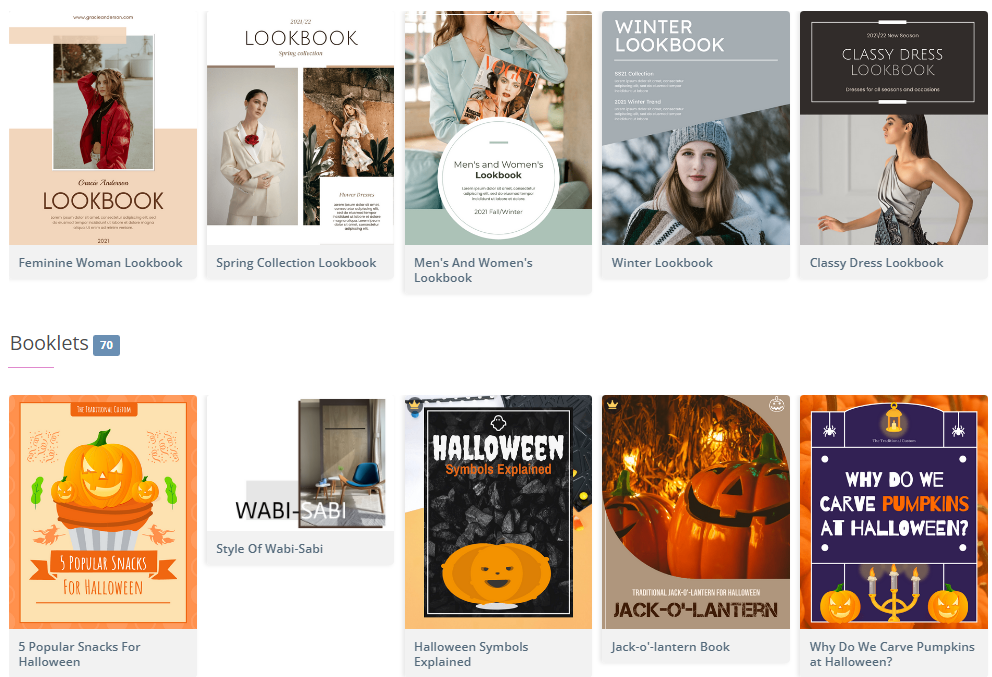Flipbooks, also known as digital flipbooks or interactive magazines, have emerged as a popular format for presenting digital content. Compared to traditional formats like PDF or ebook, flipbooks offer a more engaging and interactive experience for readers.

Flipbooks are essentially digital publications that are designed to resemble physical books, with pages that can be flipped through just like a physical book. However, they offer a host of interactive features that allow readers to engage with the content in new and exciting ways. For example, flipbooks often include multimedia elements like videos, animations, and audio files, as well as interactive features like hyperlinks, forms, and social media sharing buttons.
One of the key benefits of using flipbooks as a format for digital content is that they can be easily accessed on a variety of devices, including desktop computers, tablets, and smartphones. They are also highly customizable, with a range of options for layout, design, and branding. This makes them an ideal choice for businesses and organizations that want to showcase their products, services, or content in a visually appealing and interactive way.
In addition, flipbooks are also an environmentally friendly choice, as they eliminate the need for printed materials and reduce paper waste. This can be a significant cost savings for businesses that regularly produce printed materials like brochures, catalogs, and magazines.
Overall, flipbooks offer a modern and engaging way to present digital content that appeals to a wide range of audiences. With their interactive features, multimedia elements, and customization options, they are quickly becoming the go-to format for businesses and organizations looking to showcase their content in an exciting and innovative way.
-
Interactive and Engaging: Flipbooks offer an immersive reading experience with features like page flipping animations, multimedia integration, and interactive elements. This helps to keep the readers engaged and interested in the content.
-
Mobile-friendly: Flipbooks are optimized for viewing on multiple devices, including smartphones and tablets. This makes it easy for readers to access the content on the go, without the need for special software or plugins.
-
Search Engine Optimization: Flipbooks are SEO-friendly, which means that they are easily discoverable by search engines. This can help to increase the visibility and reach of the content, making it more accessible to a wider audience.
-
Cost-effective: Compared to traditional print publications, flipbooks are more cost-effective to produce and distribute. They can be easily shared online, eliminating the need for printing and shipping costs.
-
Customizable: Flipbooks can be customized to suit the branding and design needs of the publisher. This allows for a more personalized and unique reading experience for the audience.
In conclusion, flipbooks offer a better presentation format than traditional ones like PDF or ebook due to their interactive and engaging nature, mobile-friendliness, SEO-friendliness, cost-effectiveness, and customizability. With their ability to create a dynamic and immersive reading experience, flipbooks are becoming an increasingly popular format for digital content.
Reference
- Free Flipbook Maker
- Visual Paradigm Flipbook Maker Quick Start Guide
- Flipbook Template Library
- Flipping Book Animation Software

